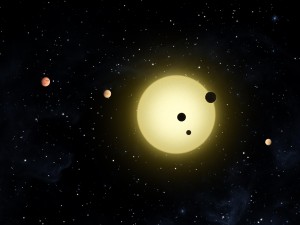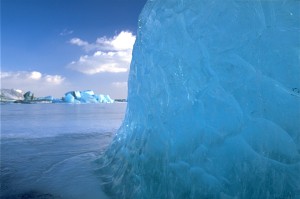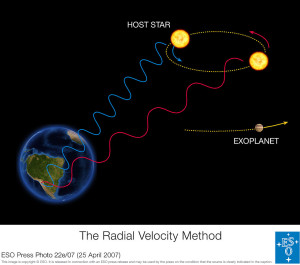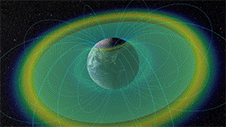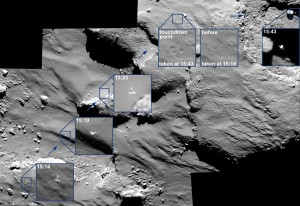
Mechanical failures interrupted Kepler’s original mission, but the telescope is still hunting exoplanets. From http://www.nature.com/news/three-super-earth-exoplanets-seen-orbiting-nearby-star-1.16740.
Discussed a brilliant paper today in journal club from Ian Crossfield and collaborators, in which they announce the discovery of a three-planet system around a nearby M-dwarf star.
The team found the new system in data from the re-incarnated Kepler mission called K2. This system is only the second discovered by the mission (the first was announced a few months ago).
This new system is especially exciting because, as the authors point out, it is observable by other available facilities, allowing astronomers to characterize the planets and star in detail.
The outermost planet in the system, with an orbital period of 45 days, is very near the inner edge of the system’s habitable zone and has a temperature of about 310 K (100 F), making it plausibly habitable. Combined with the fact that we can probably characterize the planet in detail, there’ll probably be a flurry of exciting studies of the system very soon.
Journal club was attended by Jennifer Briggs, Trent Garrett, Nathan Grigsby, Emily Jensen, Liz Kandziolka, and Brenton Peck.
